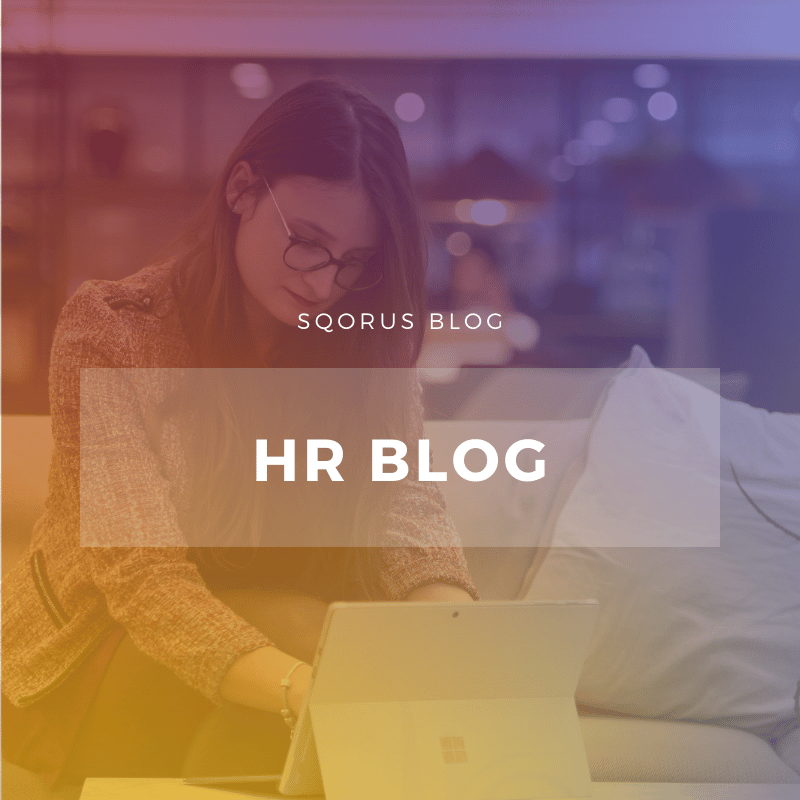People analytics: data for recruitment
People Analytics, also called HR Analytics, is an analysis technique linked to Big Data. This HR analytical method aims at collecting and analyzing numerous internal data to optimize the company’s performance and that of its employees. Thanks to this HR data, human resources management has a wealth of information at its disposal, provided that employees have given their prior consent to this collection. Once this information is available, the problem is to understand and interpret it. Not all internal data is equal and a sorting is sometimes necessary to obtain the most relevant. Second, the HR department must be able to contextualize and explain the data. Based on this observation, he can then guide the company’s strategic decisions and anticipate recruitments.
HR Strategy

What are the challenges for organizations and their recruitment?
As one of the best HR solutions in recent years, People Analytics has several challenges. Remember that Big Data has transformed recruitment methods thanks to the analysis and cross-referencing of available data. It is now possible, thanks to algorithms, to find the ideal candidate for a position, internally, on professional social networks or on job boards. It is also possible to predict, thanks to predictive analysis, the success of a trial period or to determine which profile will be easier to retain.
One of the challenges of predictive analytics is to reduce the time and cost of recruitment. Thanks to the analysis of HR data, it is possible to quickly identify the most relevant profiles among the numerous applications received.
Indeed, predictive analytics algorithms can sort through resumes and select the candidate whose career path and skills most closely match the job opening. All applications from various channels (professional social networks, job boards, unsolicited applications) are explored using predictive analysis. The search is based on keywords, training or skills according to a list of criteria set up beforehand in the analysis software.
These powerful algorithms can significantly reduce recruitment time and costs. Indeed, the less time the recruiter spends on the pre-selection of CVs and the more qualitative the interviews are, the lower the costs related to recruitment. This saving of time and work hours allows the recruiter to focus on more strategic subjects.
Predictive recruiting is another important issue for HR solutions. It consists of predicting recruitment and workforce management needs. Big data allows us to identify trends through the analysis of HR data. On a graph or in a dashboard, some indicators are more telling than others. This makes it possible to predict needs and anticipate the reasons that lead an employee to resign, to adjust the training plan or to optimize talent management, etc..
What data should be used for People Analytics?
Entegrating available data on employee engagement, certain indicators will help shape the employer brand. Taking into account information from appraisal interviews and the results of internal surveys already provides guidance on the development or modification of the employer brand. These resources will increase the retention of human capital. To achieve this, the HR team must put its recommendations in the form of a dashboard, for example, to increase employee engagement.
Taking into account financial data (revenue per employee, operating margin, return on assets, etc.) will make it possible to evaluate the company’s financial and commercial performance. To measure the rate of absenteeism and turnover, the HR analytics solution needs data related to productivity, the number of sick days and absences, the number of departures and hirings, etc. This will allow us to define new strategies to enhance human capital and talent management.
As far asthe analysis of the recruitment efficiency is concerned, the HR department should collect all the information on the number of applications per job offer, the average time to recruit a new employee, the number of interviews carried out for a hiring, the cost per recruitment, etc.
A promising future
The People Analytics have a huge potential and trends show that more and more companies are seduced by this HR solution. They have become essential in talent management and recruitment.
Indeed, HR departments are confronted with complex issues and are regularly in search of talent to help the company gain in performance and competitiveness. Many are turning directly to People Analytics to find solutions quickly.
Especially since data analysis is becoming a standard process in human resources. There is no turning back, because HR teams that have integrated HR Analytics methods have acquired new skills and have become strategic and indispensable partners in the eyes of general management.
DOWNLOAD THE WHITE PAPER
"WHICH TOOLS TO PILOT YOUR HR STRATEGY?"
Also read in our "HR strategy management tools" file:
- Digitization of HR services: the key to overcoming the crisis
- How to conduct a managerial innovation process?
- CSR as a leverage for performance and innovation
- 7 HR trends for 2023
- From "customer centric" to "employee centric
- Employee experience: why are HR and employees not aligned?
- What are the major issues facing HRDs today?
- Organization, talent management, recruitment: priority HR projects?
- Human resources management: what HR strategies for the future?
- Best practices to manage your HR strategy in an optimal way
- The different HR management tools to carry out your HR strategy
- HRIS software: the different areas of intervention for the HR function
- How to convince your management to invest in an HRIS tool?
- Is it necessary to be accompanied in the management of an HR strategy?
- What indicators should be defined to measure the performance of an HR strategy?
- HR strategy: how to achieve effective HR reporting?
- Who should drive HR projects in the company?
- Setting up a working group for an HR project: who should be involved?
